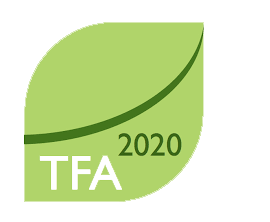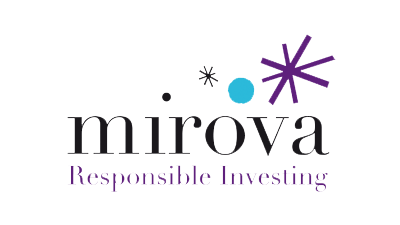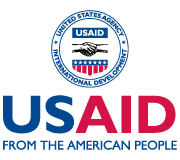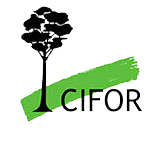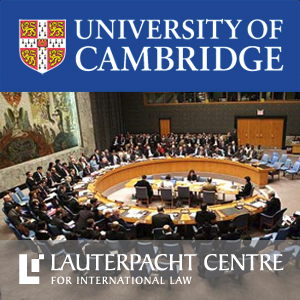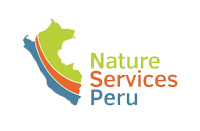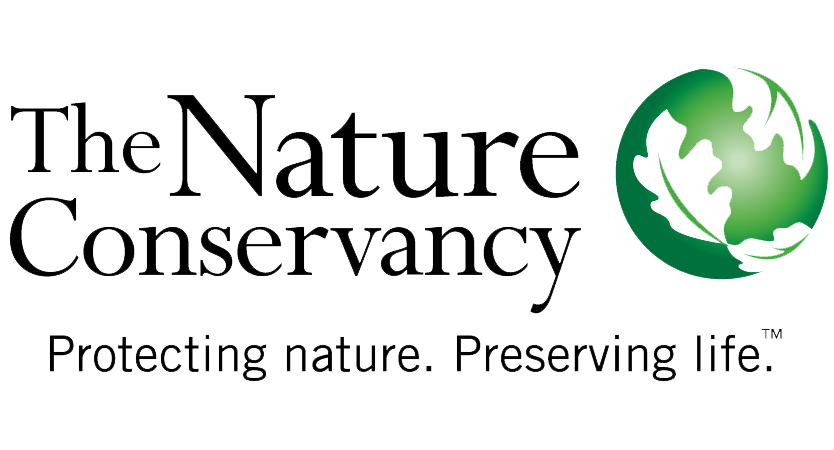The investment case for landscapes seems clear: Farmers and foresters in emerging economies need better access to credit and other financial services while banks are looking for new markets to invest in.
In practice, the situation is more complex as banks and other financial institutions struggle to connect to the landscape level.
This session considers the role of debt in financing sustainable landscapes: how it can be used, and which innovations in structuring, tools and other approaches can make capital available – and cheaper.
Experts from diverse financial institutions at the session will look at the role of banks, non-bank financial institutions, of capital markets (bonds), private debt solutions, corporates and concessional funders (e.g. through program related investing, sub-ordinated tranches, guarantees and others).
Discussions will also cover innovations in risk assessment and management that can help to reduce the cost of debt (such as credit tools, insurance products).
By providing the audience with a holistic view of how debt can be used, and innovations around credit delivery and pricing, this session aims to stimulate discussions and creation of new partnerships.
Key questions addressed:
- How can debt be used to finance sustainable landscapes?
- How can debt-market trends and opportunities be harnessed to promote sustainable landscapes?
- How can we reduce the cost of capital for sustainable landscapes?
Background reading:
- Connecting financial tools and landscapes: Aggregators and strategic interventions (White paper; 2016)
- Year 2015 Green Bonds Final Report (Climate Bonds Initiative)
- Financing Agriculture Value Chains: A growing mismatch (Clarmondial)
- ImpactAssets Launches Low Minimum Publicly Offered Debt Securities to Broaden Access to Theme-Specific Impact Investments (ImpactAssets)
- Levering Ecosystems: A Business-focused Perspective on How Debt Supports Investments in Ecosystem Services






